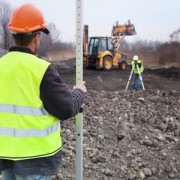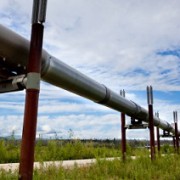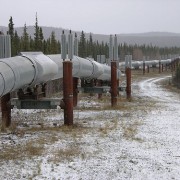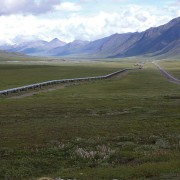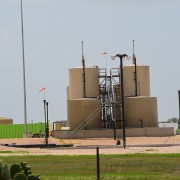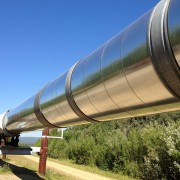How a Land Surveyor Can Make Pipeline Construction Projects Less Expensive
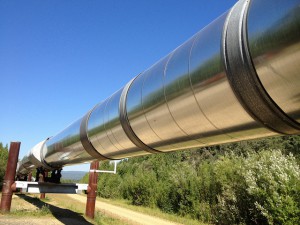 While using pipelines is the most cost-effective way to transport oil and gas across long distances – that does not mean that it’s not important to save money on the pipeline cost per mile when you can. On the contrary: pipeline construction projects usually represents a significant capital cost for oil and gas companies, so it’s always a good idea to identify saving opportunities. In this post, we’re going to discuss why a quality land surveying company can serve as one of these saving opportunities.
While using pipelines is the most cost-effective way to transport oil and gas across long distances – that does not mean that it’s not important to save money on the pipeline cost per mile when you can. On the contrary: pipeline construction projects usually represents a significant capital cost for oil and gas companies, so it’s always a good idea to identify saving opportunities. In this post, we’re going to discuss why a quality land surveying company can serve as one of these saving opportunities.
What factors drive up a pipeline’s cost per mile?
In order to cut down on the cost of your pipeline construction project, you must first identify what factors lead to high costs in the first place. According to the report “The Challenges of Further Cost Reductions for New Supply Options” by employees from the International Energy Agency and CEDIGAZ, capital expenses usually account for about 90 percent of the cost of transmission pipelines. As a result, it’s very important to identify potential sources of cost before you begin your pipeline development project.
According to the same report referenced above, the key determinants of cost in a pipeline development project are diameter, operating pressures, distance and terrain. The first three factors are usually determined by circumstances that are beyond your control; however, you do have complete control over what terrain you build your pipeline through. As a result, paying attention to terrain and obstacles up front may be the most effective way of ensuring efficiency and identifying possible cost savings for your pipeline development project.
How can you find the right terrain for your pipeline construction project?
While finding the right route to build your pipeline might seem like a no brainer, it’s something that’s definitely easier said than done. As pipeline right of ways have grown more and more congested, oil and gas companies have been forced to become more selective about where they build their pipelines. In addition, things like freeway crossings and rough terrain can lead to higher pipeline construction costs. As a result, oil and gas companies need to find terrain that avoids these obstacles as much as possible.
How can a land surveying company help?
In order to identify terrain that might be a good location for your pipeline development project, you can’t rely on guesswork or intuition. You need to have actual insights about what types of obstacles might be included with a particular terrain. This is where GIS mapping tools from a land surveying company can help. These tools can help you identify and avoid obstacles such as sudden terrain changes, chasms, and other rough terrain

